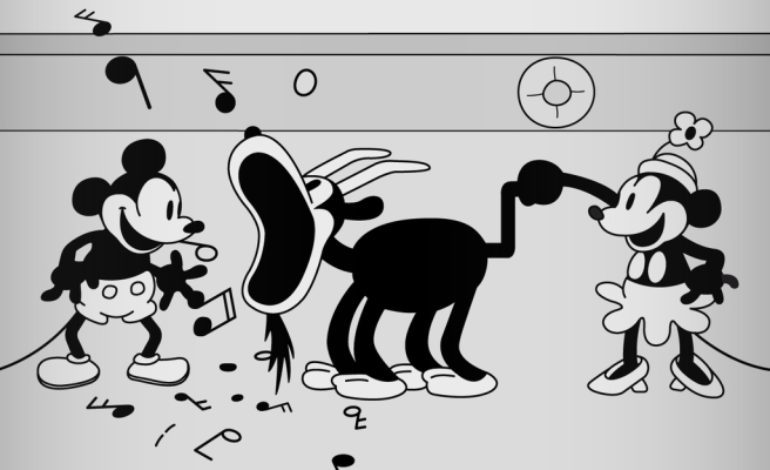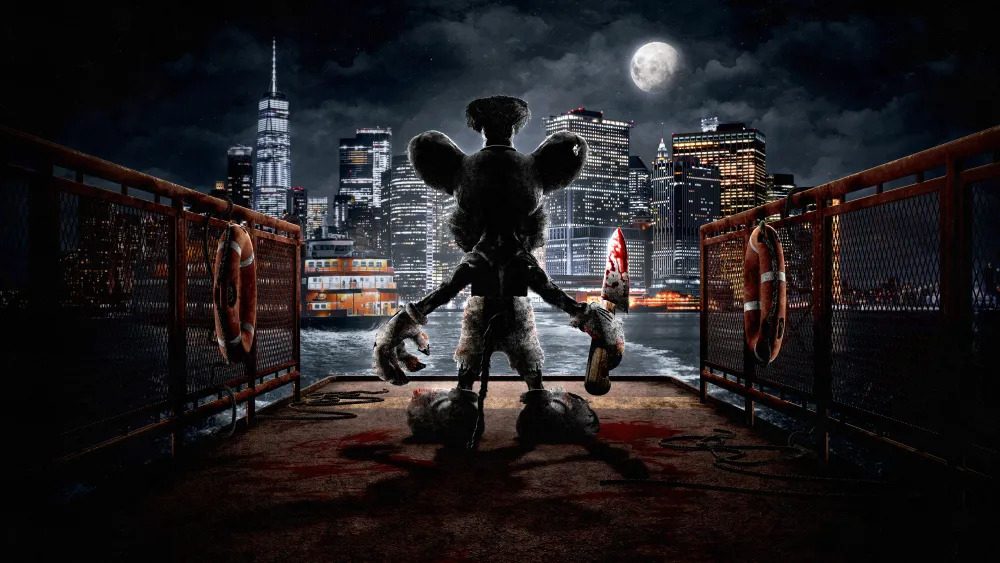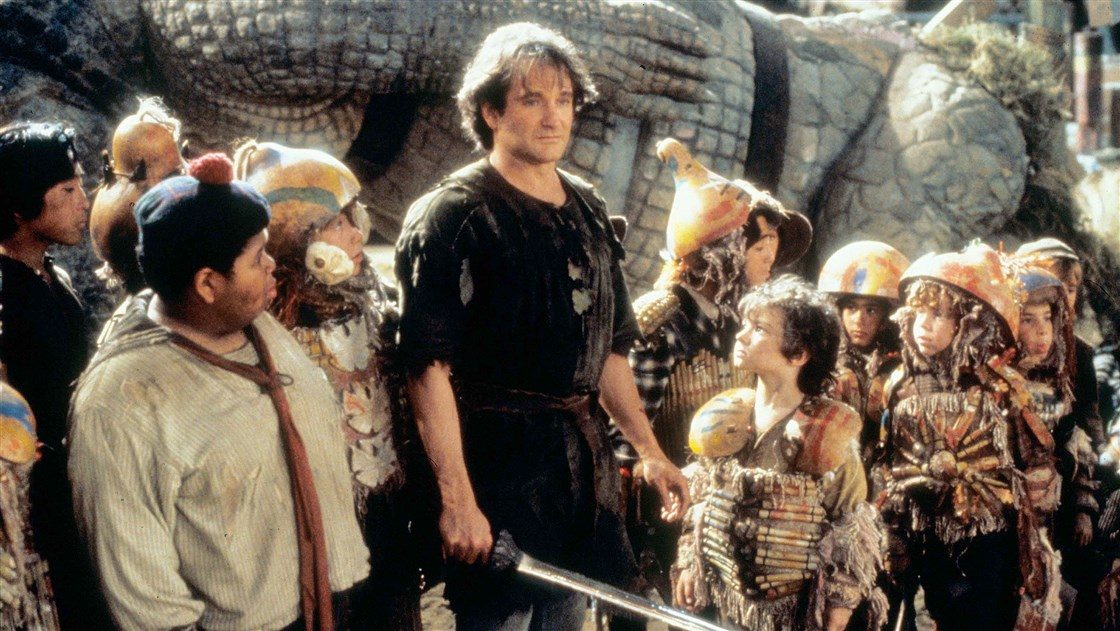

For the past few weeks, you can’t open any entertainment news site and not be greeted by the iconic sketch of Mr. Steamboat Willie, one of Walt Disney Studios’ very first stars. With the new year, the world’s most famous mouse and some of his closest companions have finally pulled back the curtain and are tentatively entering the public domain. But it seems as though many creation studios are not planning to let Willie and his mates slip in unnoticed, but rather it seems as though taking iconic childhood images and giving them a horrifying makeover is the next big thing in slasher films of all genres. For instance, when the book version of Winnie the Pooh entered the public domain a few years ago, it wasn’t long until Rhys Frake-Waterfield’s Winnie The Pooh: Blood and Honey hit theaters turning the huggable bear of the Hundred Acre Woods into a serial killing nightmare. It seems that Steamboat Willie might be facing a similar fate with the announcement of not one but two new films slated for this year; Jamie Bailey’s Mickey’s Mouse Trap and the promise of a horror comedy project from Steven LaMorte. However, no matter how terrifying these new Mickey Mouse slasher films look, the character’s entrance to the public domain has the potential to stir new creativity in production studios, moving Steamboat Willie and his pals around different fictional settings and providing opportunities for growth outside of Disney.


January 1st, 2024 marks the expiration of Disney’s Copyright Term Extension Act or “Mickey Mouse Protection Act” that has preserved the purity of our favorite mouse friend for the past 95 years. Initially following the Copyright Act of 1976, a piece of media is protected by copyright laws for 50 years after the death of the author, 75 years from publication, or 100 years after creation by corporate or anonymous authors. This allows for a period of time that a company may hold power over a piece of intellectual property and be the sole profiter of its use. In the world of copyright laws, there are few corporations that can compare to Disney when it comes to the intensity they use to approach protecting their characters. However, it seems that even a company as powerful as Disney doesn’t have the ability to stall anymore. After New Year’s, under the terms of the 1998 extension, anyone can use the 1928 form of Mickey Mouse without Disney’s permission, hence the slasher films.
Even though it seems that Mickey and his buddies keep popping up all over the mediascape since he’s made his public domain debut, Steamboat Willie and the aforementioned Winnie the Pooh are far from being the only characters the public have permission to play with like dolls. For instance, a great example of how public domain characters have been used in the past few years is the boy who will never grow up, Peter Pan. Not even mentioning the spin-off Tinker Bell film series, in the past thirty or so years, the film world has witnessed almost twenty different films trying to remake or expand on the characters in the original story or the world in which they dwell. These movies vary in terms of quality of production and narrative (Please what was that most recent live-action remake?), but they all still keep to the original characterization of the protagonist. These movies really show the benefits of having characters in the public domain because creators have been allowed to truly explore the complexities of the characters and world. For example, the 1991 Spielberg directed film, Hook explores what would happen if Peter grew up while Marc Forster’s 2004 film Finding Neverland focuses on Peter Pan’s origin. Both of these films plus the many others all take the original story and allow it to grow to varying success rates and show the benefits that creators can take away from the freedom of public domain access.


Besides the pure narrative possibilities of public domain access, the expiration of copyright laws also allow for researchers and educational institutions to use a piece of media without permission to expand on existing bodies of academic work. Rather than just the simple consumption, public domain access lets audiences engage deeper with a piece of media. When this is the case, libraries have the chance to spread media as well, making copies and allowing easier and more affordable access to the public to be used for cultural enrichment or academic purposes.
While the new Mickey Mouse slasher films might come as a shock to those who grew up with the jaunty image of Steamboat Willie, entrance to the public domain historically does not just mean making over sweet childhood figures into Five Nights at Freddy’s-esk horror films. As can be seen from how Peter Pan has been taken in the past couple of decades and remade into prequels, sequels, and everything in between, public domain access can provide opportunities for creators to explore the complexities of a character and find ways to keep the story fresh and relevant. Outside of pure enjoyment, having intellectual property in the public domain allows audiences to further engage with media rather than simply consume it. Libraries and other media distribution agencies are able to make copies and give screenings of films without permission from the company, furthering accessibility to media and cultural enrichment for the public. So don’t worry too much about old Steamboat Willie. Besides these slasher films, it seems just a matter of time before a nice creator will pick up his case and flesh out the character more than Disney ever had the chance to.
